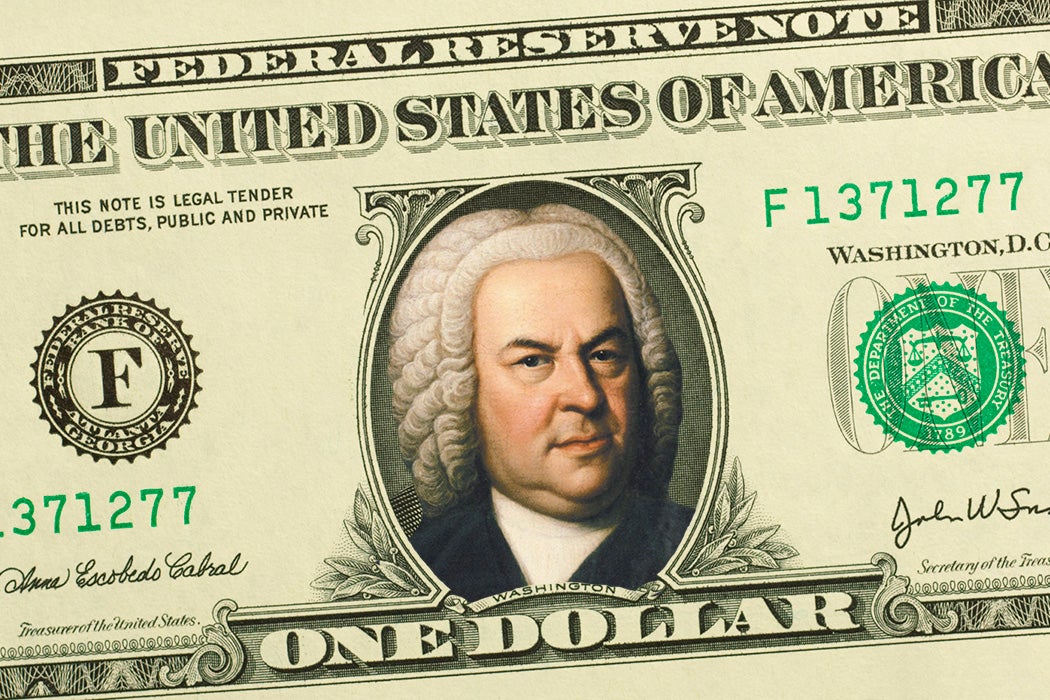It’s no secret that the whole point of a commercial is to sell things. And all of its elements—from the lighting to the camera angles to the spokespeople—are part of that. Even the music plays a role in how a product is perceived. As music historian Peter Kupfer points out, music can help convey the message of an advertisement. But are all genres the same? Nostalgic tunes from high school are all over the place, but how about classical, which most people are less familiar with?
You’ve probably heard your favorite songs from the past selling everything from snack foods to cars. As Kupfer writes, “nostalgic music and ad-appropriate lyrics aid in the transmission of ad messages[.]” Advertisers don’t use classical music as frequently, but the genre does seem to signal a certain type of message that other genres don’t, according to Kupfer.
Classical music is generally used to convey “prestige and class,” Kupfer writes—as humor, as mood music, or as a reference to another iconic use of the same piece. For example, Kupfer points to the frequent use of Richard Strauss’s Also sprach Zarathustra as a signal of big things to come. Putting a symphony or a sonata in commercials often reflects “the cachet that classical music has acquired over the past century,” even if viewers don’t recognize the piece.
Additionally, while commercials’ music doesn’t necessarily change perceptions of the brand, it may change viewers’ perceptions of themselves. As Kupfer writes, advertisers “have moved toward selling a way of life,” and classical can be the soundtrack of aspiration. It can also give the product a sense of “trust” or “reassurance,” which might account for its use in commercials for financial products.
Weekly Newsletter
Do fans of classical music respond more to these advertisements? Well, not necessarily. First, as Kupfer found, it’s hard to gauge just who is a classical fan. Because the genre carries the image of sophistication, it’s not clear whether some people state a preference for it just because they think they should. And, of course, genre is always a moving target. What one person considers classical might not be what someone else does.
Lastly, it’s possible that classical fans actually resent the music being used as marketing. “Classical music’s historical status as high art, supposedly devoid of earthly, much less consumer, associations, might afford it a more noticeable status, for better or worse, when used in commercials,” writes Kupfer. For example, one conductor found it offensive when a part of Mozart’s Requiem was used in an ad for a toilet. But, Kupfer points out, classical music might have one advantage as a marketing tool: it “breaks through more effectively because it is so rarely used.”







